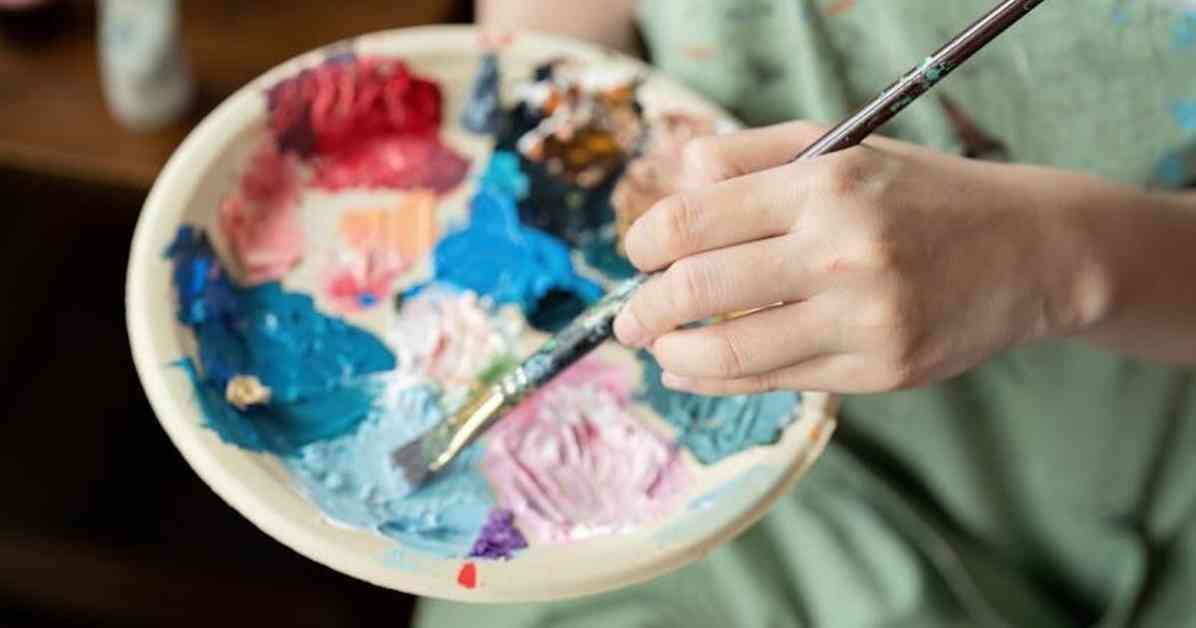**Art Therapy: Fostering Spontaneous Creativity in Life Narrative Picture Books**
Art therapy is a burgeoning field that integrates art creation into the realm of psychological healing. In Taiwan, the development of art therapy began in the late 1980s and has since gained traction, with an increasing number of individuals expressing interest in this interdisciplinary approach.
Originating in the United States in the 1940s, art therapy was initially utilized in educational, rehabilitative, and psychological settings. The use of art in therapy aims to alleviate the weight of traditional therapeutic methods and provide individuals with a non-intrusive form of expression that can aid in emotional healing and self-discovery.
One of the key approaches in art therapy is the concept of “art as therapy” and “art psychotherapy.” “Art as therapy” emphasizes the creative process itself as a form of healing, allowing individuals to freely express themselves through art creation. On the other hand, “art psychotherapy” utilizes art as a tool for exploring subconscious messages and emotions in a therapeutic setting.
The idea of spontaneous art creation is central to art therapy. By encouraging individuals to engage in free-form artistic expression, therapists aim to tap into their inner creativity and emotions, allowing for a deeper exploration of the self. Through the creation of art, individuals can externalize their internal struggles, hopes, and aspirations, leading to a greater sense of self-awareness and healing.
Narrative therapy, on the other hand, focuses on the power of storytelling in healing. By crafting life narrative picture books, individuals can explore their personal narratives, reflect on their experiences, and create new meanings for their life stories. This integration of art therapy and narrative therapy allows for a unique and holistic approach to self-expression and healing.
**The Power of Visual Storytelling in Art Therapy**
Visual storytelling through art therapy provides individuals with a powerful tool for self-expression and introspection. By creating visual narratives, individuals can delve into their subconscious and explore complex emotions and experiences in a safe and creative environment.
The process of creating life narrative picture books involves selecting appropriate themes and imagery to evoke personal reflections and motivations. Through the combination of visual and textual elements, individuals can construct symbolic stories that convey their innermost thoughts and feelings, leading to a deeper understanding of themselves and their life journeys.
**Exploring Cultural Symbolism in Art Therapy**
Art therapy also acknowledges the impact of cultural symbolism on artistic expression. Cultural symbols and narratives are deeply ingrained in individuals’ subconscious minds and can influence the content and meaning of their artworks. By incorporating cultural elements into art therapy, therapists can help individuals connect their personal experiences to broader cultural contexts, fostering a deeper sense of identity and belonging.
**Conclusion**
In conclusion, art therapy offers a unique and powerful approach to self-expression and healing. By integrating art creation, storytelling, and cultural symbolism, individuals can explore their inner worlds, confront emotional challenges, and find new ways to navigate their life journeys. Through the creation of life narrative picture books, individuals can tap into their creativity, express their emotions, and discover new meanings in their personal narratives. Art therapy not only provides a therapeutic outlet for individuals but also serves as a bridge to understanding oneself and one’s place in the world.












